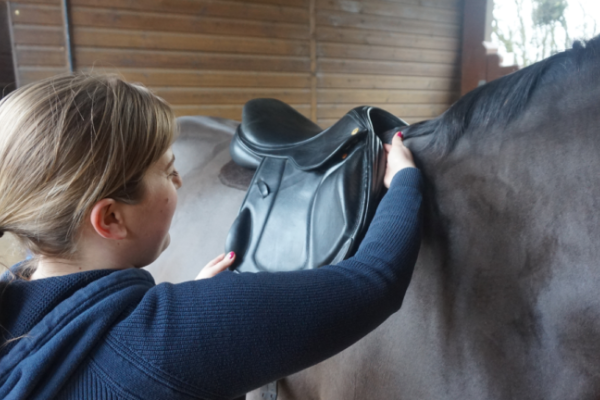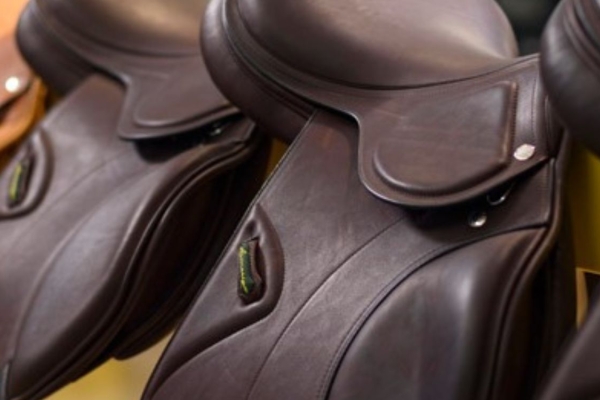Help! My Horse is in pain!
Is your saddle hurting your horse?
Horse's in pain
Horse's in general are kind, gentle animals who want to be around and please their owners and riders. Horses enjoy human interaction. Therefore, it is not in their nature to want to cause harm to you. However, a horse's only way of telling you something is wrong and that they are in pain is by acting up or being 'naughty'. This is their way of trying to communicate with you. If your horse is generally well, in good condition a poor fitting saddle could be the cause of your horse's behavioural issues.
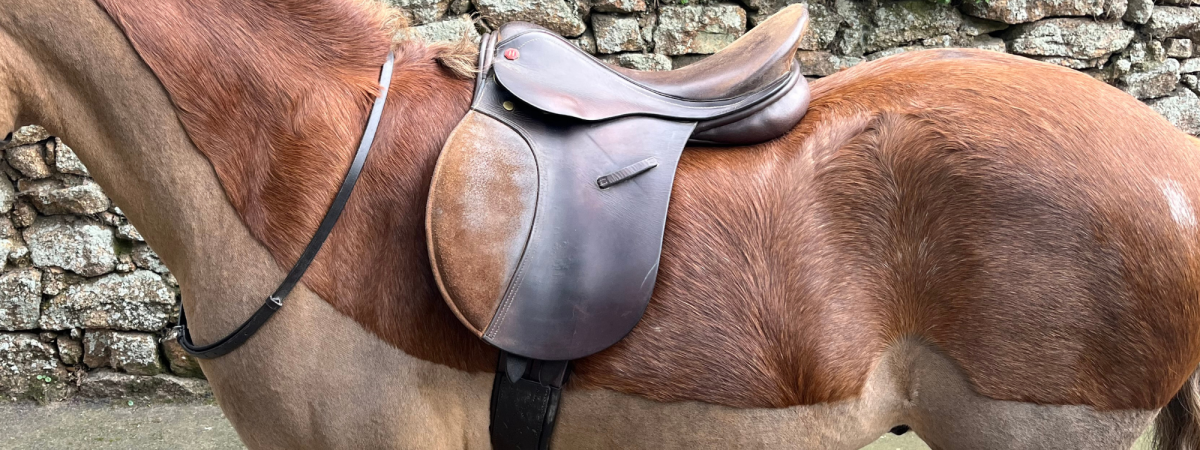
How can The Saddle Bank help you to help your horse?
Here at The Saddle Bank, the worlds most trusted online saddle retailer, we are passionate about educating horse owners and riders around the world. Saddle fit is a crucial element to a happy horse who can perform well. However, it is so misunderstood from many riders and owners. The Saddle Bank offer lots of free articles and online courses to help horse owners understand more about saddle fit in an easy to understand and practical way.
In this article we will discuss how poor fitting saddles can affect your horses behaviour through causing your horse pain. If by the end of the article you would like to learn more about Recognising Saddle Fit Issues we suggest progressing to our popular online course. This course offers instant access and is designed for horse owners and riders without too much jargon. The course takes approximately 2 hours to complete and is delivered through a series of online videos which you can stop/start at times convenient to you. You can also test your knowledge along the way through a series of quizzes and assessments.
Our lovely team are always happy to help as much as they can and provide you with the information you need to make the best decision for you and your horse.
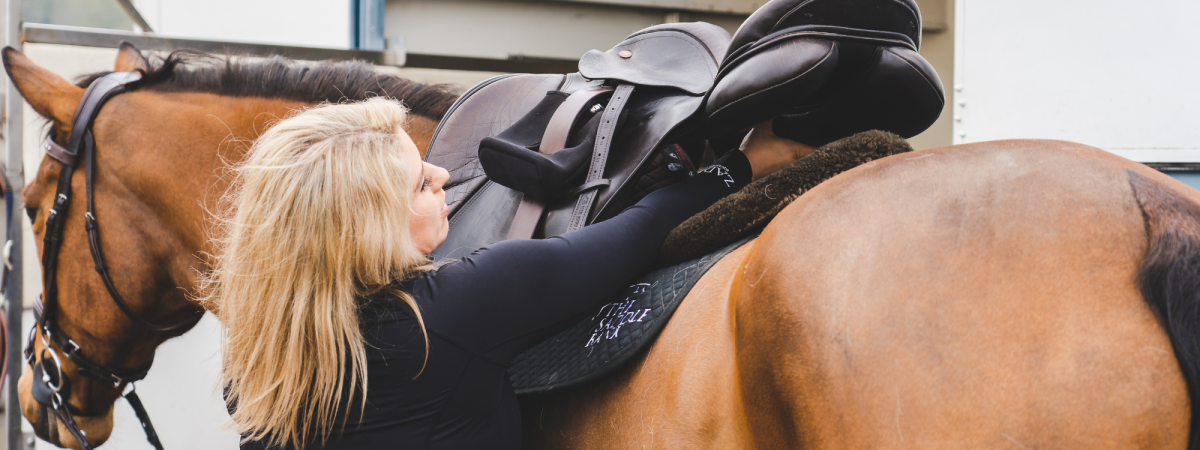
Behaviour displayed by horses in pain?
Horses display various different behaviour traits to demonstrate different types of pain.
Common signs may include;
- Kicking.
- Biting you when you come close with the saddle.
- Pinning their ears back and threatening to bite you.
- Girthy behaviour - not liking having their girth done up.
- Refusal to walk forward.
- Refusing jumps.
- Tripping or stumbling.
- Bucking.
- Rearing.
- Short strides.
- Unable to canter on the right leg.
- Pawing at the ground.
- Hollowing of the back.
- Unwilling or unable to work in an outline.
- Chomping and biting at the bit.
- Swishing the tail whilst being ridden.
Your horse will display these signs to tell you that something is hurting them. The issue will vary from horse to horse. It is best to seek professional advice from a physio and a saddle fitter to identify where the issues with the horse and with the saddle are.
If your horse displays any of these signs, you can learn more about recognising saddle fit issues here.
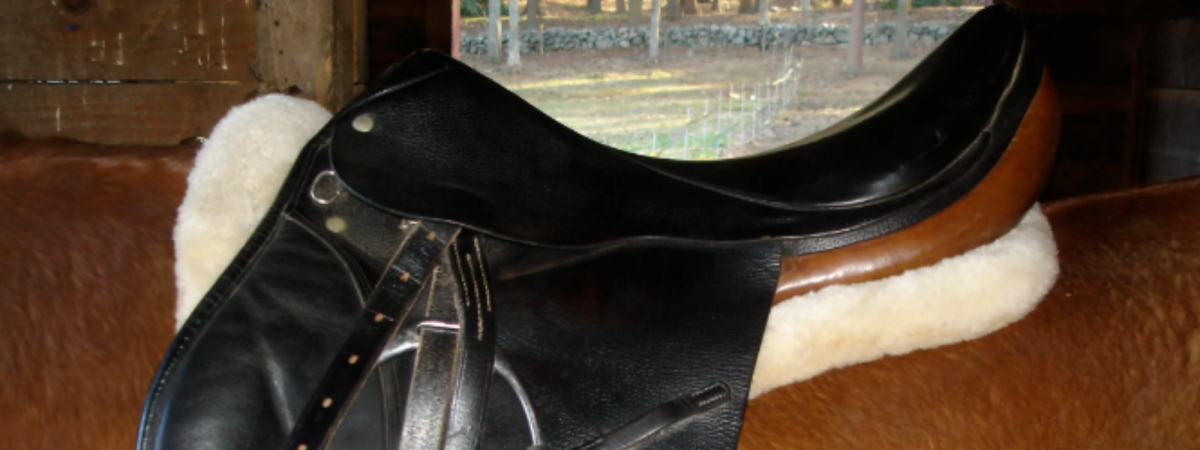
Visible signs your saddle is causing pain to your horse?
Your saddle may cause visible harm to your horse. This will result in signs such as;
- White hairs
- Muscle atrophy (wastage)
- Cuts
- Sores
- Friction rubs
How can a saddle cause harm or pain to a horse?
Poor fitting saddles can harm your horse in a number of ways some of which are detailed below;
Too narrow
If you saddle is too narrow it will cause pinching, riding up the horses neck, chipping away at the horses shoulder blade (scapula), putting the riders weight in the back of the saddle causing pain in this area too.
Too wide
If the saddle is too wide saddle it will drop down over the withers and cause pain in the wither region. Moreover it will cause the saddle to slide back, move around and cause friction rubs.
Too long
A saddle that is too long in the seat will cause your horse lumbar discomfort and pain. A saddle should not go past T18 (18th Thoracic Vertebrae - Find out more here).
Poor flocking
Poor flocking such as lumps, bumps, gaps will cause uneven pressure points on your horses back and make them sore. Over flocked or underflocked saddles will also cause issues so regular check ups are vital.
Poorly fitting saddle pad
Tightly fitting, square shaped saddle pads cause huge amounts of pressure along the horses back and spine. This will noticeable cause white hairs along the wither in prolonged use.
Stirrup bars too tight
If the stirrup bars are too tight this will cause white hairs on your horses back and can cause muscle atrophy (muscle wastage) from a lack of blood flow to the area.
Narrow gullet channel
When the gullet channel is too narrow it will pinch on the horses spine and could also be sitting directly on top of it which could cause long term damage.
Wrong shaped tree
If the tree is the wrong shape it will not sit on the horses back correctly, cause pressure points, could put the riders weight in the wrong place causing muscle atrophy. Also if the saddle moves around a lot it could cause friction sores.
Poor quality saddle
A poor quality saddle could have nails/staples sticking out of the saddle and into your horse. It will likely also have hard or poor quality flocking.
From the list above you can see how easily it is for a saddle to cause your horse pain. Therefore it is vital that you as a horse owner or rider learn how to recognise signs that your saddle is causing your horse pain here.
How can a rider cause harm to a horse?
Tacking the horse up incorrectly
Placing the saddle way to far forward, with the saddle sat on the horses scapula (shoulder blade). The saddle should be positioned correctly in the saddle support area, sitting level and balanced.
Using a saddle which does not fit the horse
Refer to the above points on how can a saddle cause harm to a horse.
The rider is too big for the horse or pony.
This is a very taboo topic but something which needs to be spoken about more openly. Example: If the horse cannot take a saddle larger than a 17 inch and the rider needs a 17.5 or 18 inch seat, the horse and saddle are not the problem. The rider is. Similarly this can be seen in smaller cob type horses which have very short backs. The ponies can often only take a 16 or 16.5 inch saddle but the rider needs a 17 or 17.5 inch. Even if the horse is of a weight carrying breed, it is the positioning of the weight in the saddle which will contribute towards the horses back pain. In this case the kindest thing to do would be to get a bigger horse. Although this would be emotionally difficult for the owner to part with the horse, it is the kindest thing to do.
Having a poor riding position
A rider who has a poor position and sits out of balance will put more weight in a certain area of the saddle and cause more pressure points. Sitting too far back in the saddle with the legs forward, or sitting forward and leaning forward can both cause issues.
How can a well fitting saddle help a horse perform better?
- Freedom of movement through the shoulders and back.
- Greater movement to enable the horse to jump correctly.
- Blood flow to enable muscle development.
- Comfort for your horse to be able to do their job without feeling pain.
Firstly, imagine going for a run in a pair of trainers 2 sizes too small. Your toes would be squashed in and get very sore. You would not want to walk, let alone run. Secondly, imagine running in trainers 2 sizes too large. They would rub, cause blisters and likely trip you up or affect your performance and balance.
Now put this example to your horses saddle. This is why it's so important to get a correctly fitting saddle for your horse.
Learn how to Recognise Signs of a Poor fitting saddle here.
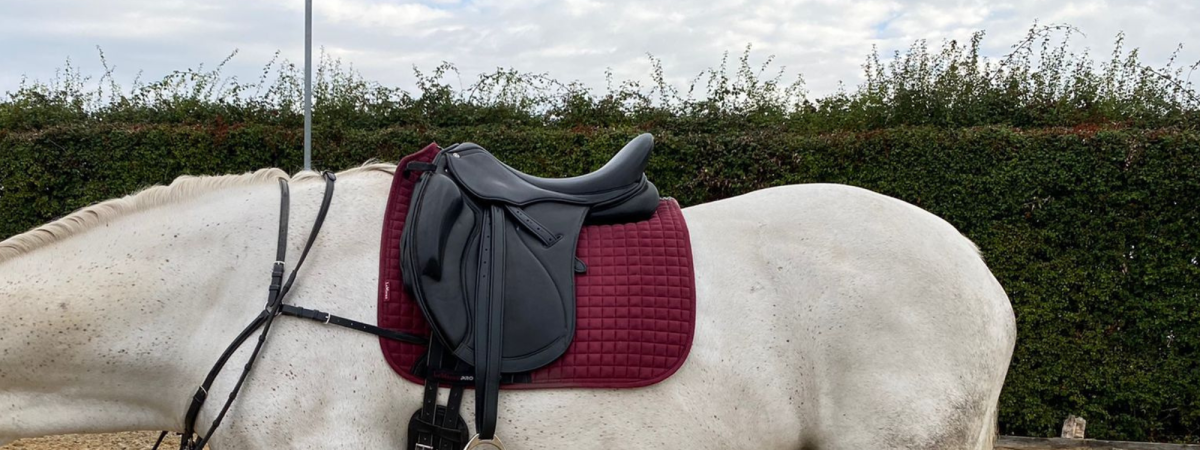
What can you do about it?
If your horse is displaying signs of pain through behaviour or the horse has physical signs of injury from a saddle you should stop using the saddle immediately and seek advice from your saddle fitter and/or vet/physio depending on the injury.
However, if your saddle fitter has a long wait to come out to you and you want to learn more about this instantly, you can do so here.
Here at The Saddle Bank we have developed a short online course designed to help horse owners and riders understand more about the implications of their saddle and how it fits.
Whats in the Recognising Saddle Fit Issues course?
By the end of the course you will;
- Have learnt from others mistakes to avoid your horse being in pain.
- Gain an understanding of the evolution of the horse.
- Know basic Skeletal and muscular anatomy and have a greater appreciation of how the horse moves, and how the saddle can affect the horse.
- Be able to recognise conformation faults and understand how they impact the fit of your saddle.
- Know how to take templates of your horse for record keeping.
- Understand the points of the saddle and which parts of the saddle can do irreparable damage to your horse.
- Know about the different types of saddles and why they are used for different disciplines.
- Confidently be able to fault check a saddle and recognise faults with your saddle.
- Know how to recognise signs of a poor fitting saddle in the horse and recognise when your horse is telling you something is wrong.
- Be able to recognise signs in yourself that a saddle is not fitting you.
- Know how to carry out a step by step saddle fit check to recognise when your saddle needs adjusting, or replacing.
- Understand how accessories affect the fit of your saddle and know why it is important to use the correct saddle pad and girth.
You can get instant access to this course RIGHT HERE.











